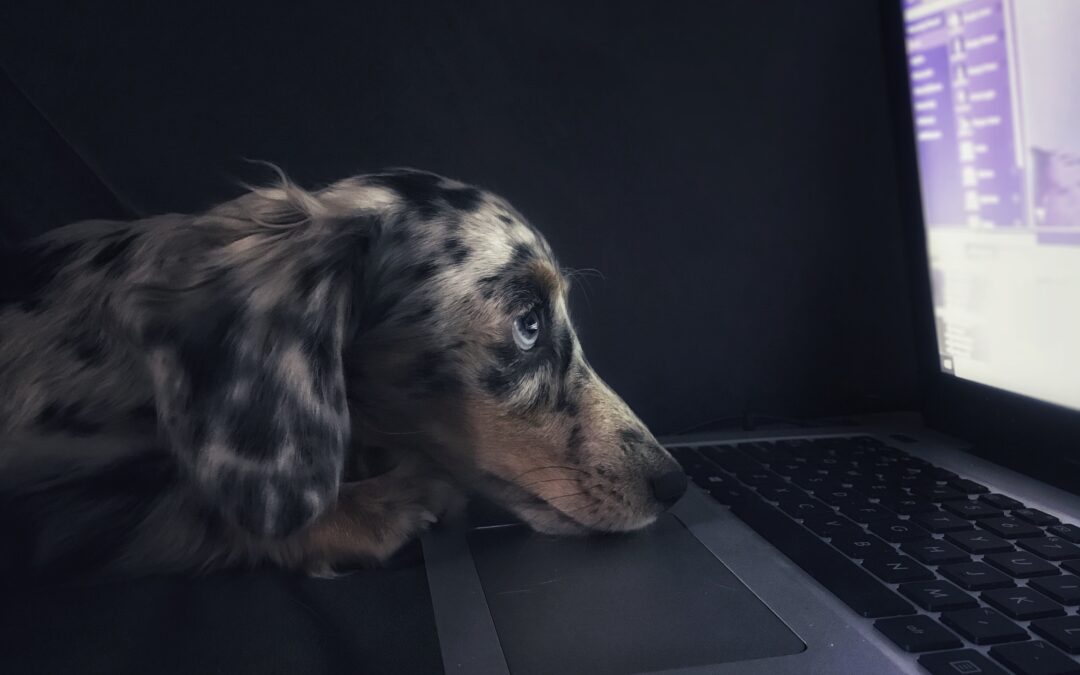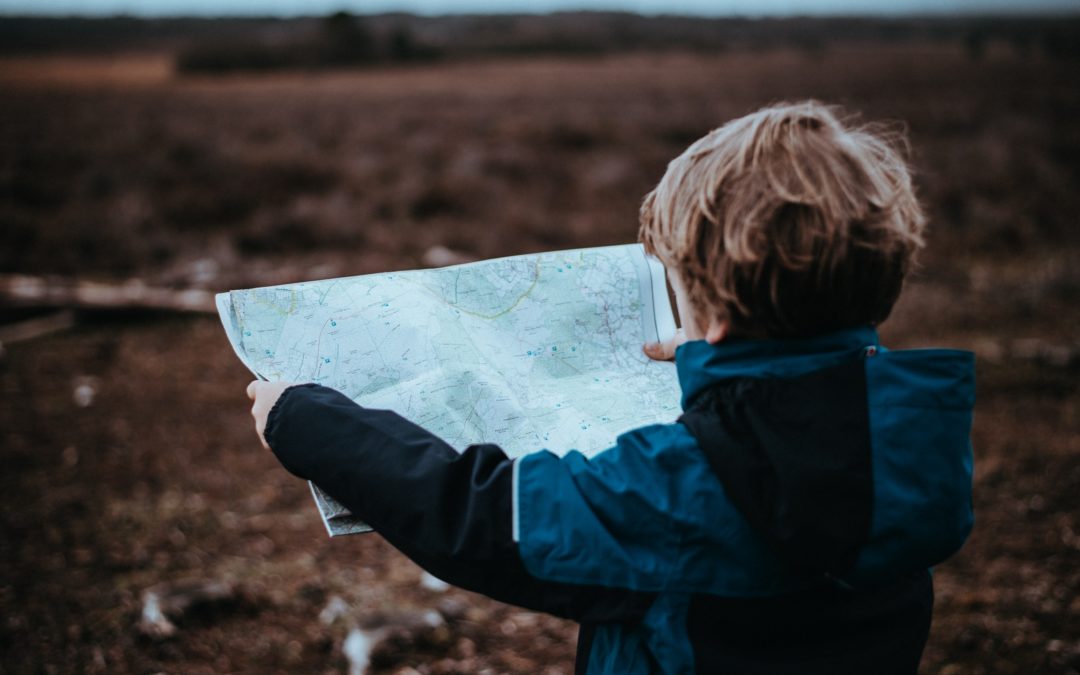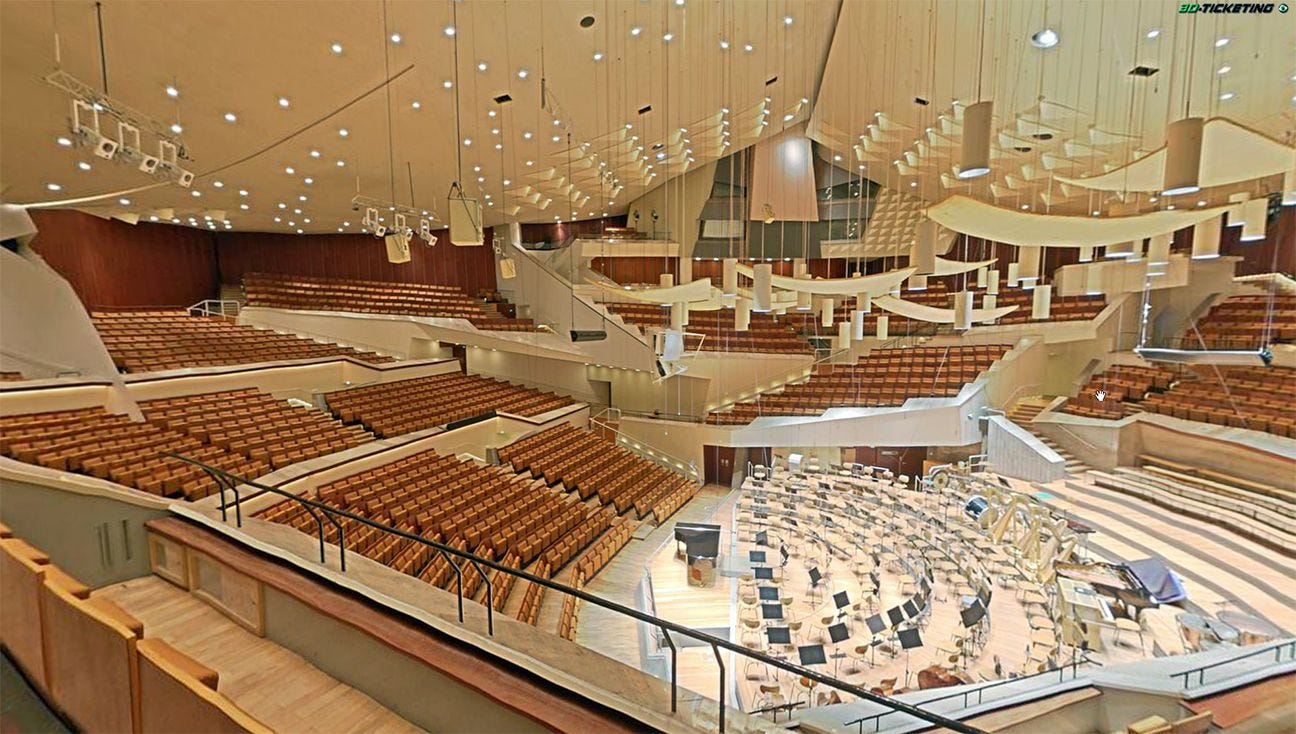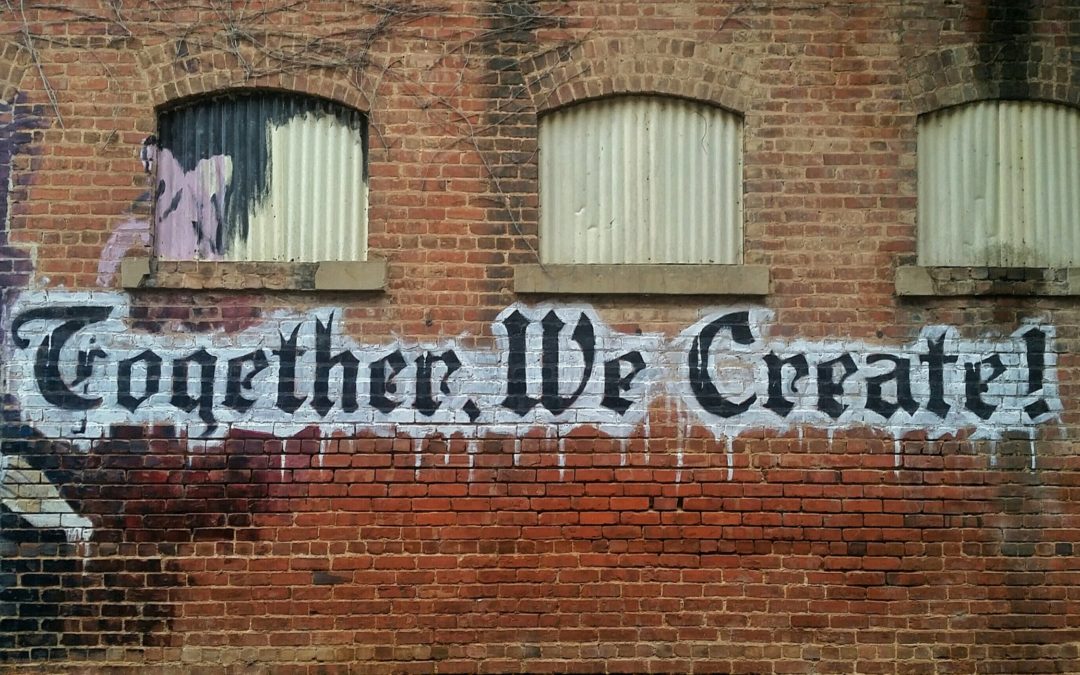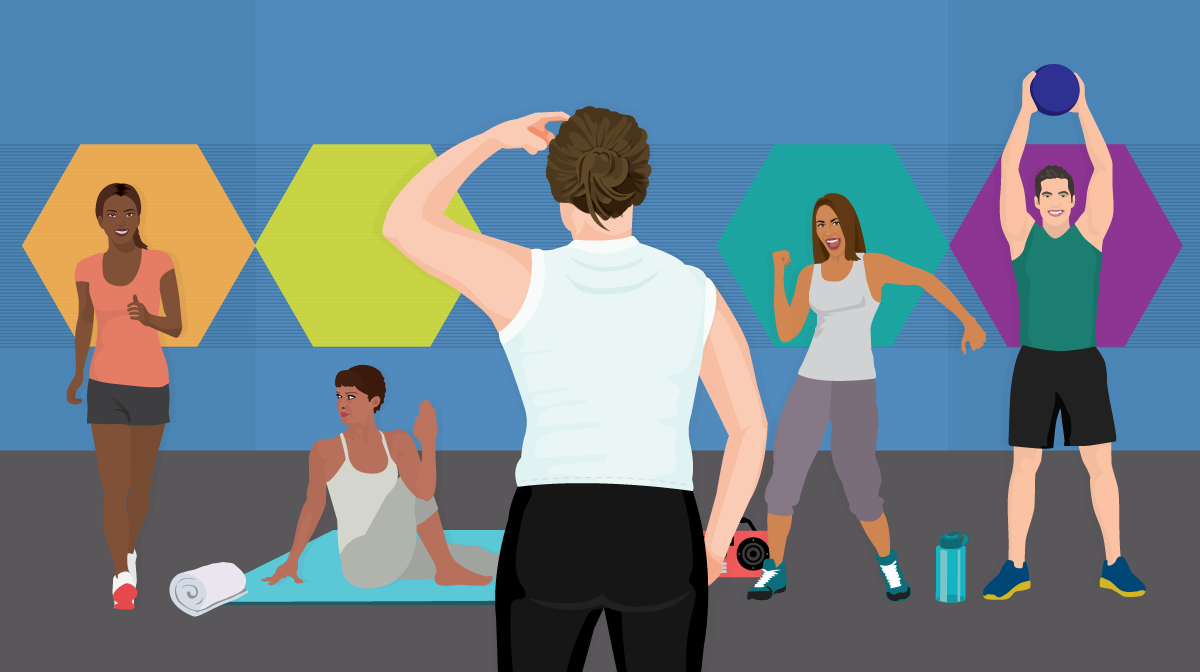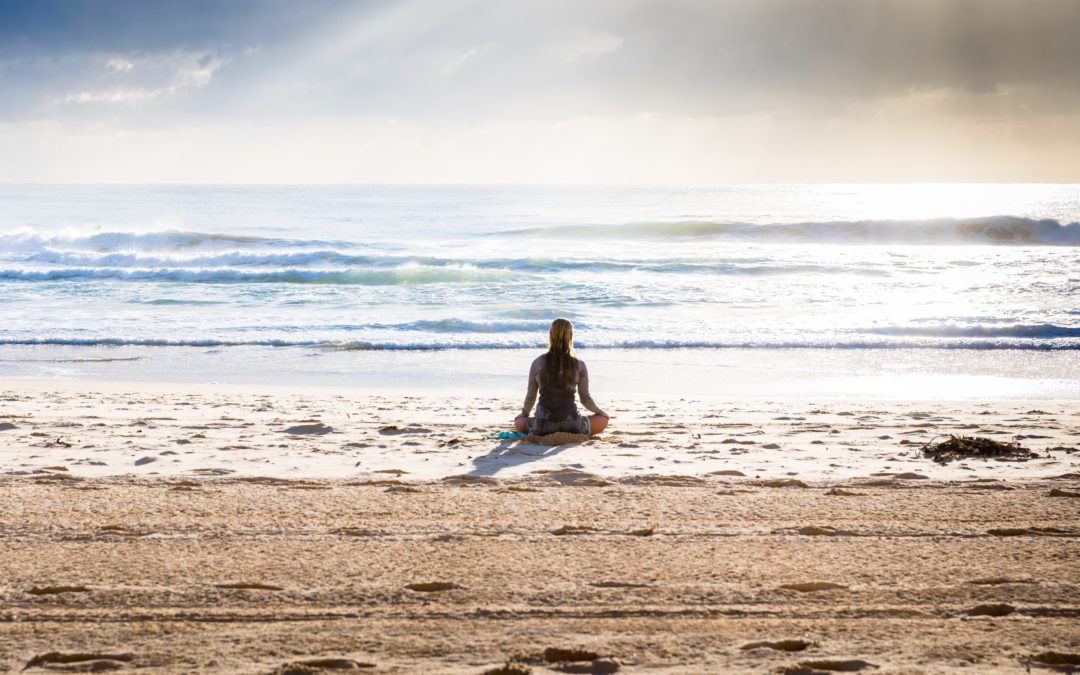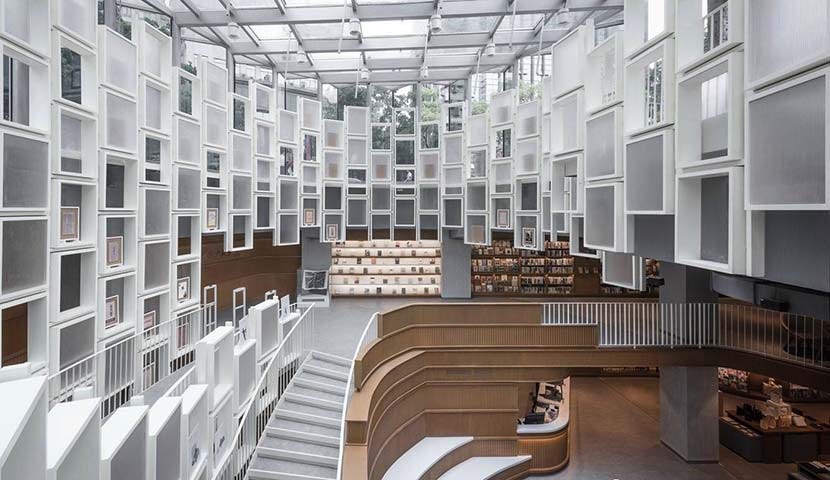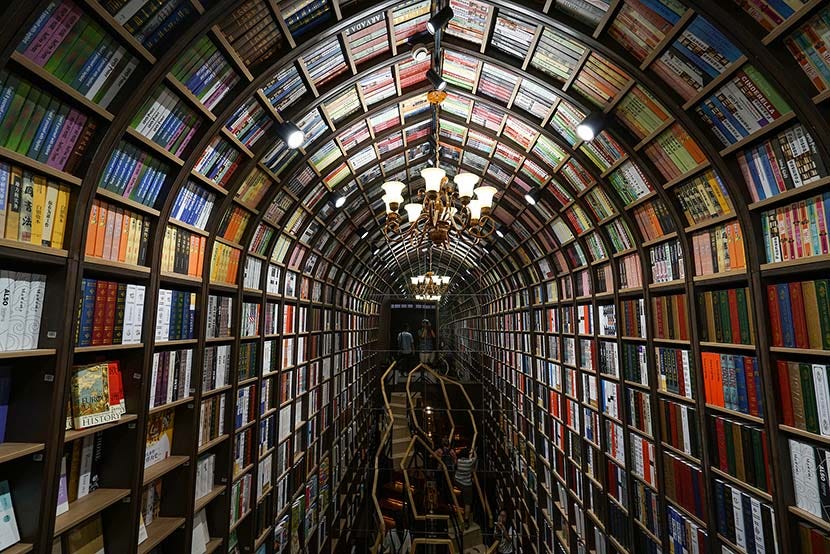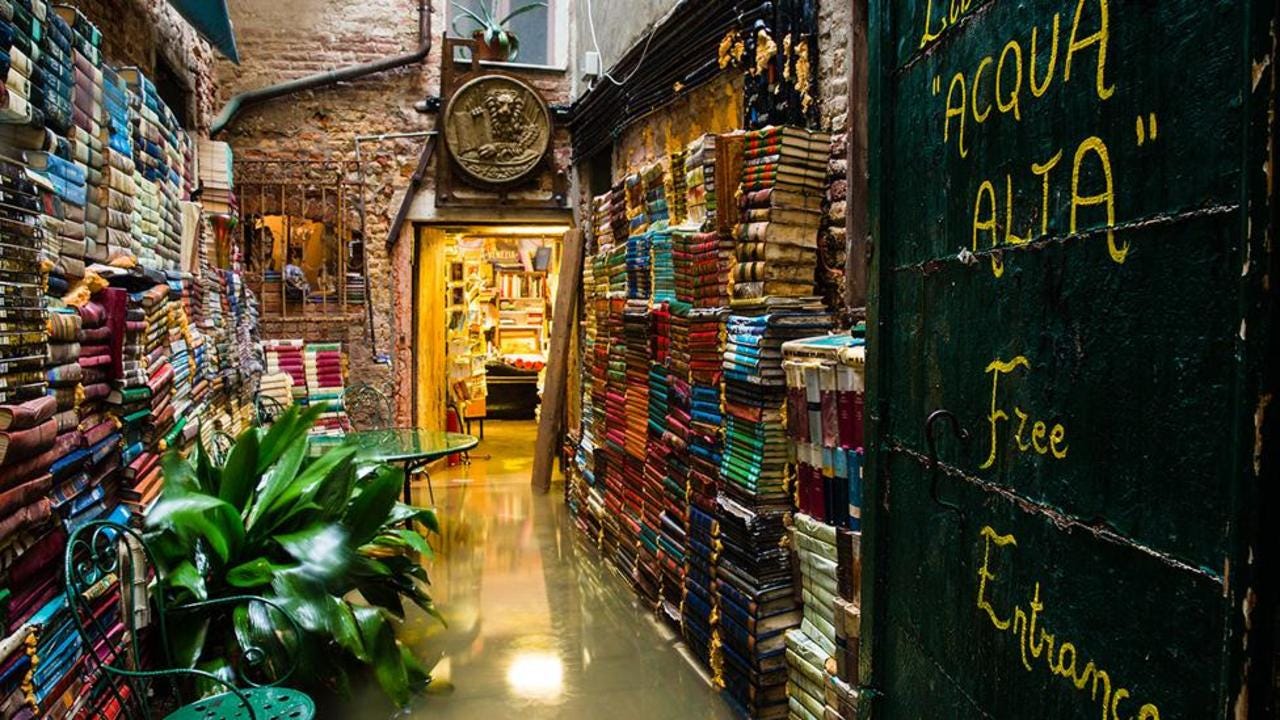
What’s next for higher ed? Mt Holyoke gave us a hint. In the 1980s.
D-Day is less than 2 weeks away. On June 1, high school seniors and recent graduates will decide which, if any college to attend in the Fall. But, for most, they still won’t know where they’ll be living first semester.
Higher education, like so many other industries, has been rocked by the Coronavirus pandemic – classes are taught entirely on-line, students moved out of dorms and back home months before they planned, campuses are closed, and thousands of employees have been laid off or furloughed.
Like most other industries, colleges and universities have scrambled to respond and to prepare for what’s next. Most pushed Decision Day back a month, from May 1 to June 1, to give prospective students more time to learn about schools offering admission and to assess their own ability to pay for and attend schools when classes resume.
But colleges and universities are facing a challenge that most industries are not.
Their customers are rebelling. They are filing lawsuits. They are asking a fundamental question, “What does my tuition actually buy?”
Before the pandemic, people though they knew.
It was only 30 years ago that most high school graduates opted to go to college. According to research from the Georgetown Center on Education and the Workforce, in 1970, only 26% of middle-class workers had any post-high school education. By 1992, it had jumped to 56% and 62% in 2018.
Today, prospective students, and their families believe that a college education is the cost of entry to a middle-class life. You hear it in the Jobs to be Done (problems to be solved, goals to be achieved) they express when you ask why they want to go to college:
- “I want to get a good job when I graduate” – functional Job to be Done
- “I want to make a good living” – functional Job to be Done
- “I want to have more independence” – Emotional Job to be Done (i.e. how I want to feel)
- “I want to be part of something bigger than myself” – Social Job to be Done (i.e. how I want others to see me).
In response, colleges invested huge sums of money to convince students and their families that they offer the best solution to all of these Jobs to be Done.
- Functional Jobs to be Done:. “I want to get a good job when I graduate” and “I want to make a good living”
- Elements of the “College Solution”
- Strong reputation
- World-class education
- Renowned faculty
- Access to alumni network
- Active Career services department
- Relationships with employers
- Elements of the “College Solution”
- Emotional Job to be Done: “I want to have more independence”
- Elements of the “College Solution”
- Location near a major metro area or a fun college town
- Access to student housing
- Access to food
- Elements of the “College Solution”
- Social Job to be Done: “I want to be part of something bigger than myself”
- Elements of the “College Solution”
- Student clubs
- Social clubs
- Diverse student population
- Championship athletics
- Great living facilities
- Elements of the “College Solution”
These elements and more are marketed in beautiful glossy brochures, recruiting roadshows, and campus tours.
The message is clear, “All of this and more could be yours if you are accepted and willing to pay.” And pay the students and their families did.
But here’s the rub.
When America went on lock-down in mid-March, colleges and universities were forced to close their campuses and send home students. Classes were moved to virtual settings with little to no training to help faculty adjust to the new format. Overnight, almost all the elements of the “College solution” disappeared or were compromised, leaving a list that looks like this:
- Functional Jobs to be Done:. “I want to get a good job when I graduate” and “I want to make a good living”
- Elements of the “College Solution”
- Strong reputation
- World-class education*
- Renowned faculty
- Access to alumni network*
- Active Career services department*
- Relationships with employers*
- Elements of the “College Solution”
- Emotional Job to be Done: “I want to have more independence”
- Elements of the “College Solution” – n/a
- Social Job to be Done: “I want to be part of something bigger than myself”
- Elements of the “College Solution” – n/a
(* = significantly compromised due to moving to a virtual setting or to economic conditions)
Yet the price of the “College solution” did not change. What happens when the customer thinks they’re paying for one thing (long list of elements) and the seller gives them something less (short list of elements) and refuses to refund a portion of their money? Lawsuits. As Mark Schaffer, the parent of a George Washington University student, explained in his Washington Post Oped:
“When my daughter was deciding where to go to college, we were persuaded by George Washington University’s promises of an extraordinary on-campus experience. The school’s recruiting materials tout a dazzling array of opportunities — to engage one-on-one with renowned faculty, join more than 450 clubs and organizations, or explore passions in high-tech labs, vast libraries, and state-of-the-art study spaces.
The university promises that living at the school opens the door to “world-class” internships, lifelong friendships with neighbors and roommates, and the chance to “become a part of the nation’s capital and make a difference in it every day.” In exchange, GWU expects around $30,000 per semester. As college campuses across the country have shut down to slow the spread of the novel coronavirus, most schools, including GWU, have offered only online classes since mid-March. The reason for the shift is not the schools’ fault. But this remote education is nowhere near the caliber of the on-campus experience students were promised. For this reason, I and other GWU parents have requested a partial refund of this semester’s tuition and fees. Unfortunately — and offensively — the university has refused these requests. This is why I am suing GWU for damages to compensate my family for losses suffered because of the school’s breach of contract, and why I am seeking to represent all families similarly harmed by the school through a class action.”
What happens in the Fall is unclear
As lawsuits against GWU, Northwestern, University of Chicago, NYU, Columbia, and other schools wind their ways through the legal system, everyone is scrambling to figure out what happens in the Fall. Most schools haven’t made decisions and the few schools that have seem to be falling into 3 buckets:
- Return to pre-pandemic normal by resuming all on-campus classes, activities, and operations: Brown University (as advocated by their president in a NYT Oped), Purdue University
- Proceed cautiously with a phased approach to resuming on-campus operations, classes, and living: UC Berkeley
- Stayed closed and continue virtual classes: California State University (the largest university system in the US)
Students are also struggling with their decisions. Without clarity as to what the Fall semester looks like and certainty as to their families’ financial means due to the economic downturn and rising unemployment, many students are considering taking a gap year or enrolling in a lower-cost option, such as a community college or public university.
What happens in 2021 and beyond is much easier to predict.
Certainly, the impact of decisions made about the Fall semester will reverberate for years to come as colleges cope with lost revenue from enrollment and a fairly high fixed costs base.
But the greater impact will come from students’ and families’ sudden awareness of the Mt. Holyoke Phenomenon and the role it’s played in their decision making.
First witnessed in the 1980s, the “Mt. Holyoke Phenomenon” reveals that “charging higher tuition leads to a greater number of applicants, as well as academically higher quality applicants.”
The impact of this phenomenon is simple – higher tuition attracts better students, better students demand better education and experiences, better education and experiences improve the school’s brand, a better brand means schools can raise tuition and make more money.
Given that college tuition has increased 260% since 1980, compared to the 120% increase in all consumer items, it’s reasonable to assume that, more and more, tuition is buying access to the college’s reputation.
And, as the lawsuits and declining enrollments suggest, people thought skyrocketing tuition paid for a lot more and, suddenly aware that it doesn’t, may no longer be willing to pay the premium.
The result will re-shape higher education as we know it.
Instead of getting into the most prestigious school possible and relying on financial aid and loans to pay for it, high school seniors will consider a wider variety of post-high school options, including:
- Trade schools which lead to high-paying and highly in demand skilled work
- Community colleges that grant Associate’s degrees and/or a path to transfer to a 4-year college
- Co-op programs that allow them to gain work experience at the same time as a college degree
Colleges, too, will step away from their all (on-campus) or nothing solution to offer a wider portfolio of options. In fact, some schools already have:
- Miami University has several campuses, one in Oxford offering a traditional, residential 4-year experience, and two other campuses nearby that offer part-time associates and bachelor’s degrees
- Harvard University offers a traditional 4-year college education, and undergraduate and graduate degrees through the nonresidential Harvard Extension School, and online certificates through Harvard X
- SNHU famously offers online and campus degree programs and a special “Military Experience” that offers generous tuition discounts, credit transfers, and support programs to active duty military and their spouses
It will take years for demand (what students want and are willing to pay for) and supply (what colleges and universities can offer) to reach equilibrium. But that equilibrium will look very different than it does today. Mt Holyoke taught us that in the 1980s. The coronavirus reminded us.
